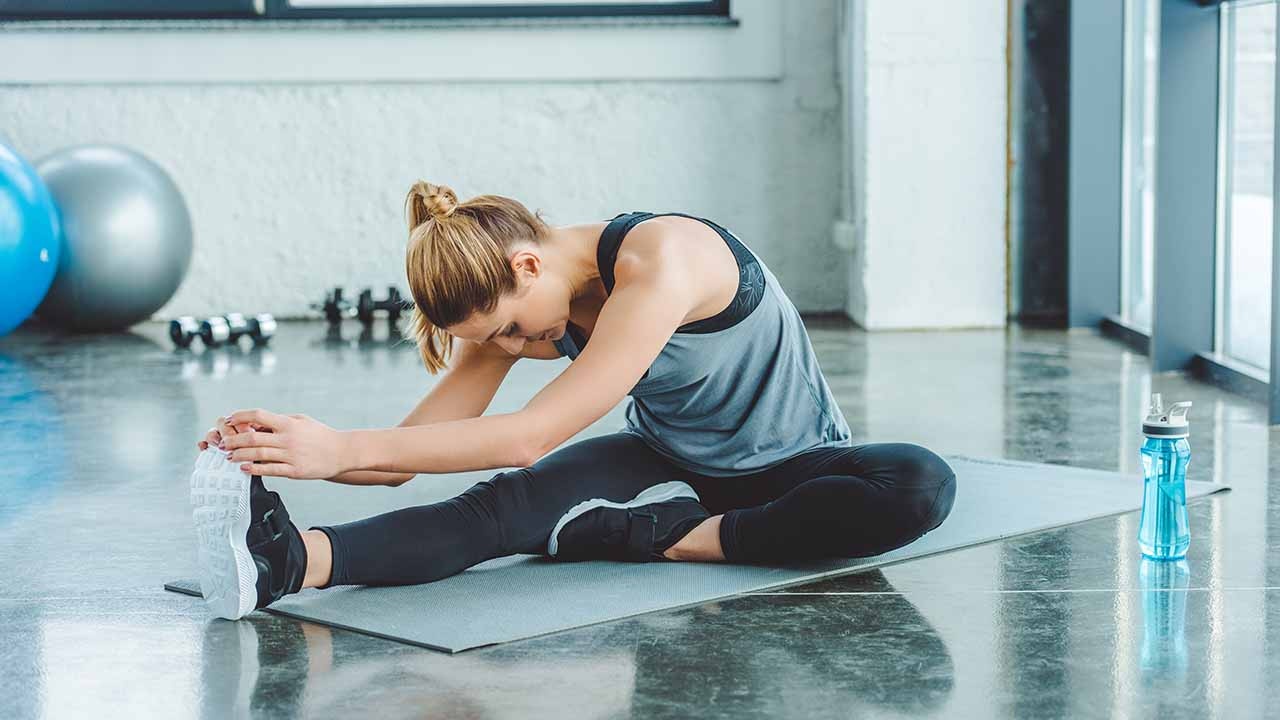Tips For Safe Stretching

We all know we should stretch at the end of a workout, and yet it's super common for people to skip the cooldown after a decent training session! Here are some tips to help you get the most out of your stretching sessions and a reminder of why we need to set aside time for it.
Why is stretching important?
While it may not prevent DOMS, it can help ease the recovery process. Stretching also helps reduce our risk of injury, increasing our flexibility and range of motion in our joints, while also alleviating tightness or stiffness in the body.
Don't stretch cold
If you're stretching prior to a workout, it's important that your muscles are warmed up first or you may overstretch them. If you're stretching after a workout, don't let yourself cool down too much before getting into it.
Warmup can be active - such as marching on the spot or an easy walk - or passive - such as keeping warm in a tracksuit or warming up in a sauna.
Breathe into it
Use your breath to assist the stretch. Inhale, then exhale to deepen it. You can usually repeat this process several times if you're sustaining your stretch for a decent amount of time. Stop if you feel a gentle stretching sensation and hold there.
Feeling too much stretch?
It's important to back off if you're feeling too much pressure in your joints or muscles. While muscles do have stretch to them, ligaments in the joints don't, so to keep your joints healthy in the long term it's important not to overdo it.
Not feeling the stretch?
Many people think that if you can't feel a stretch, nothing's happening - but that's not the case! If you're in a stretch, the muscles are still elongating, you're still providing your body the time to wind down.
If you're hypermobile, this is particularly important as you may not 'feel' anything happening in the majority of stretches. Always ensure there is a soft bend in your joints - especially knees and elbows. Find a knowledgable trainer or yoga teacher to guide you through some adjustments to your stretches.
Give it time!
For stretches to be effective, we really need to hold them for a decent amount of time. Aim for a least 30 seconds per stretch, preferably longer.
Have a go-to stretch routine
Most of us don't take the time to go through a full repertoire of stretches. If you've trained upper body, you could focus on upper body stretches. If you trained lower body, focus on lower body stretches.
Have a decent set of stretches to address the whole body - particularly the big muscles such as the quads, hamstrings, calves, chest, back, spine, and sides of the body.
Image / DepositPhotos









